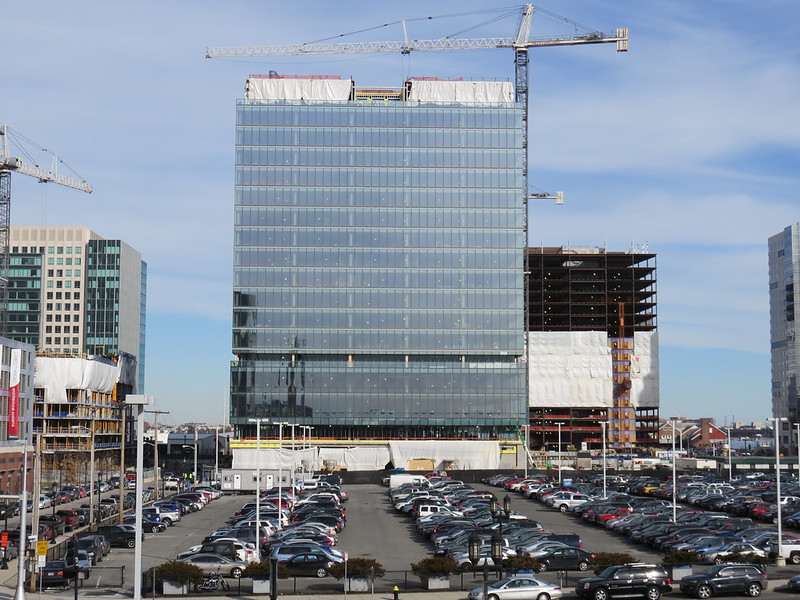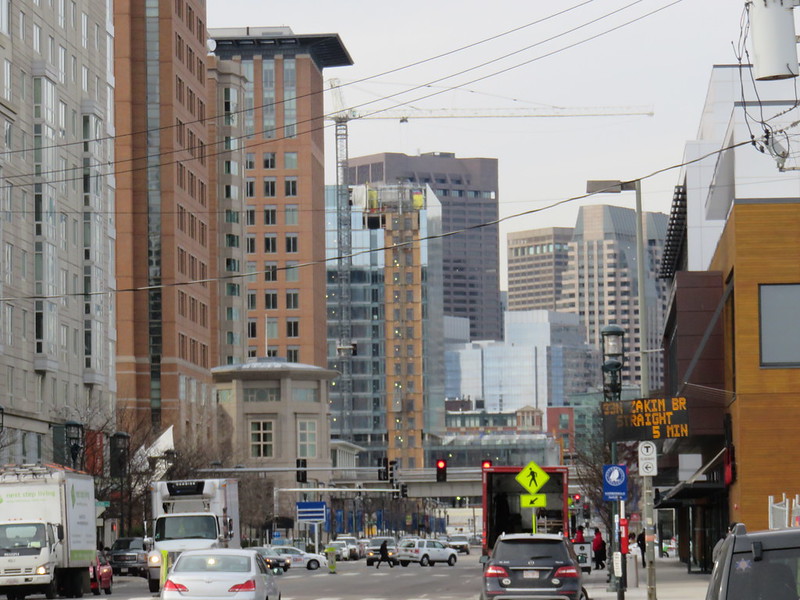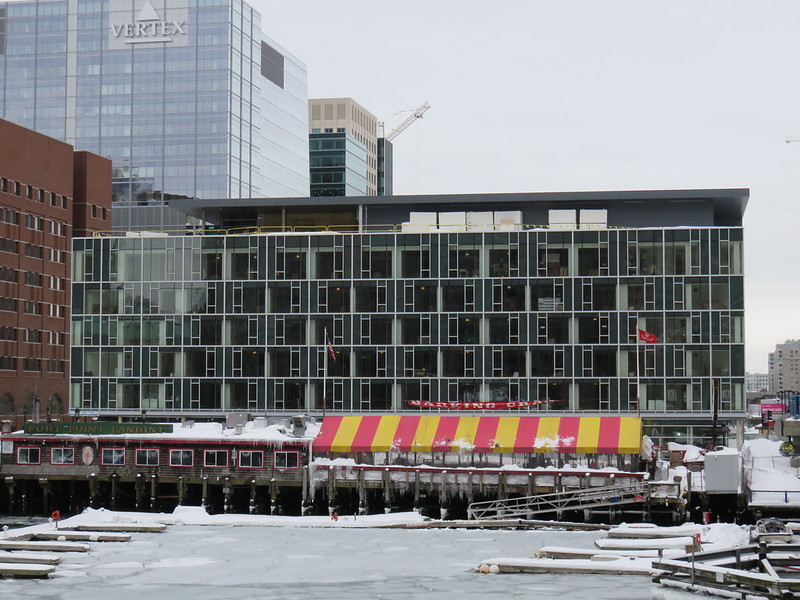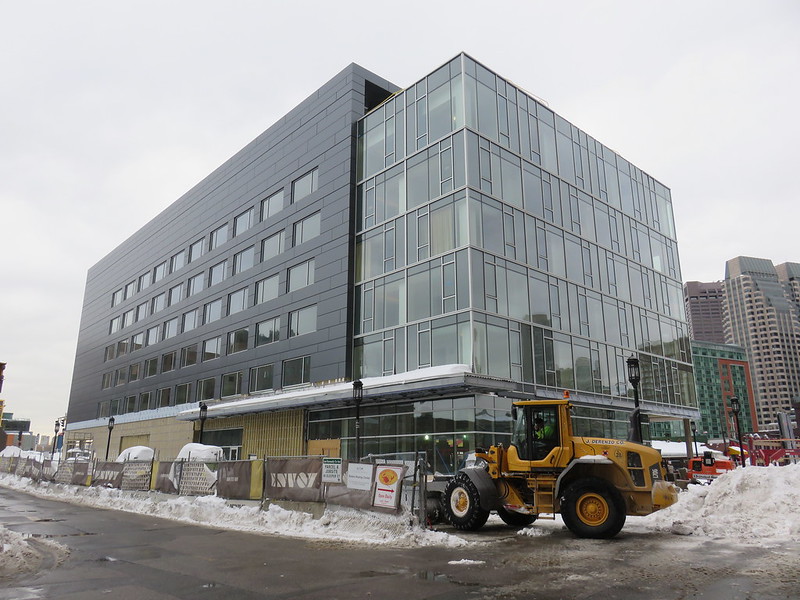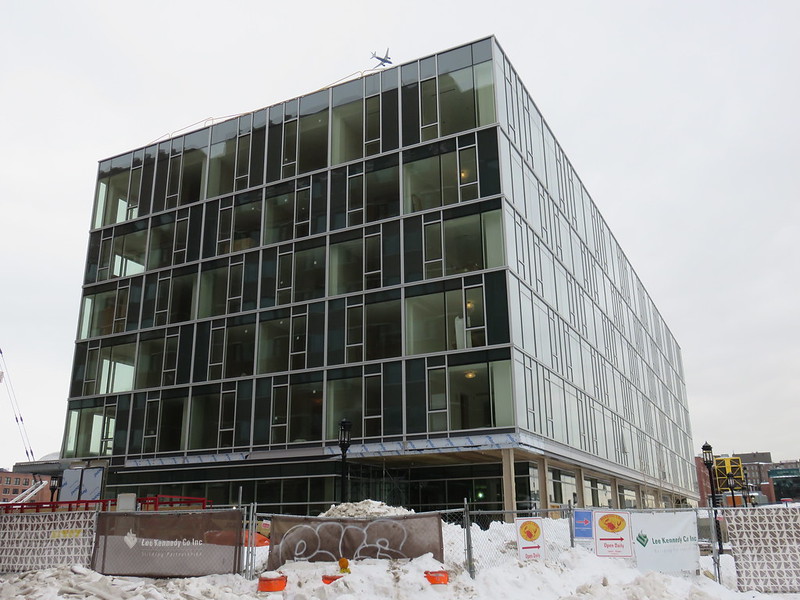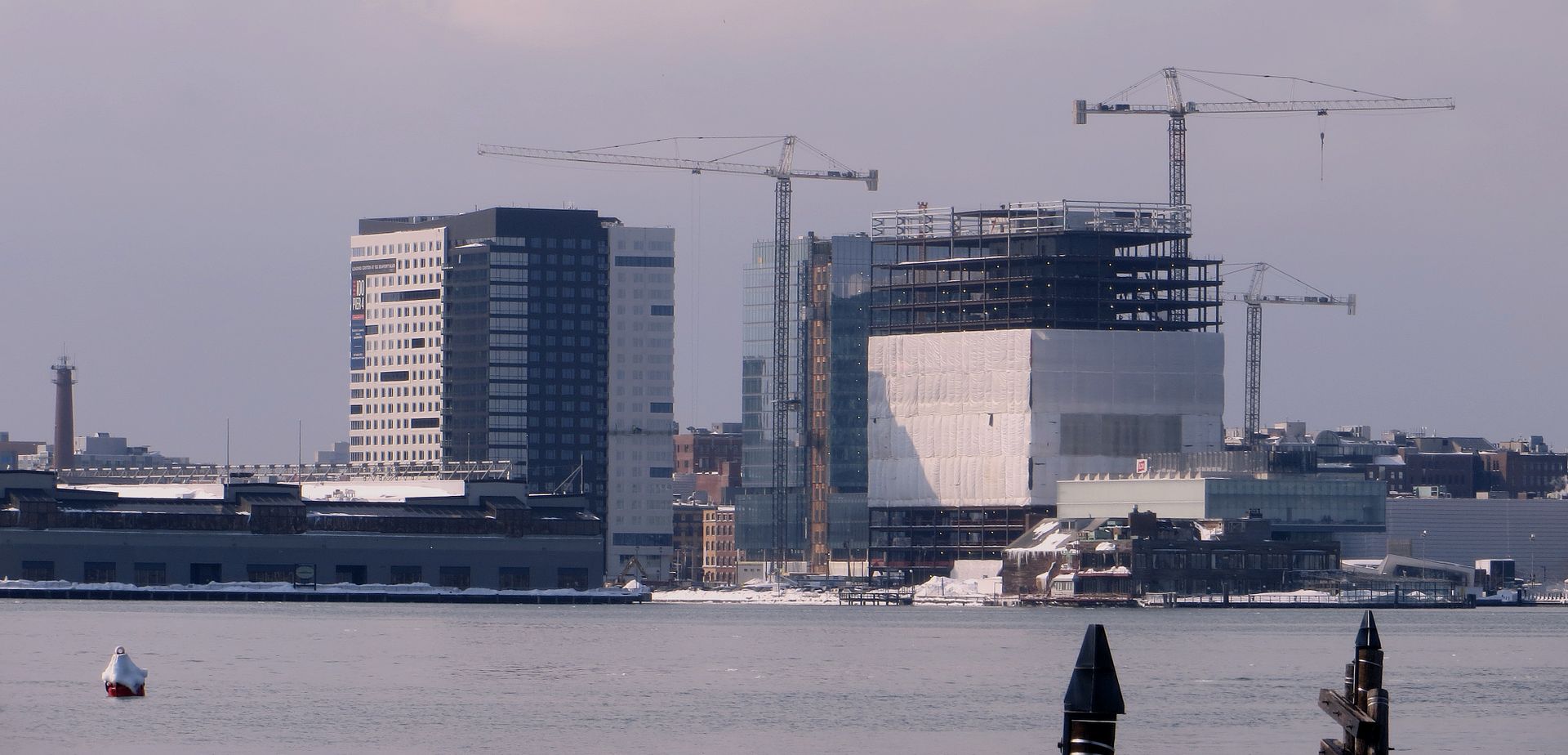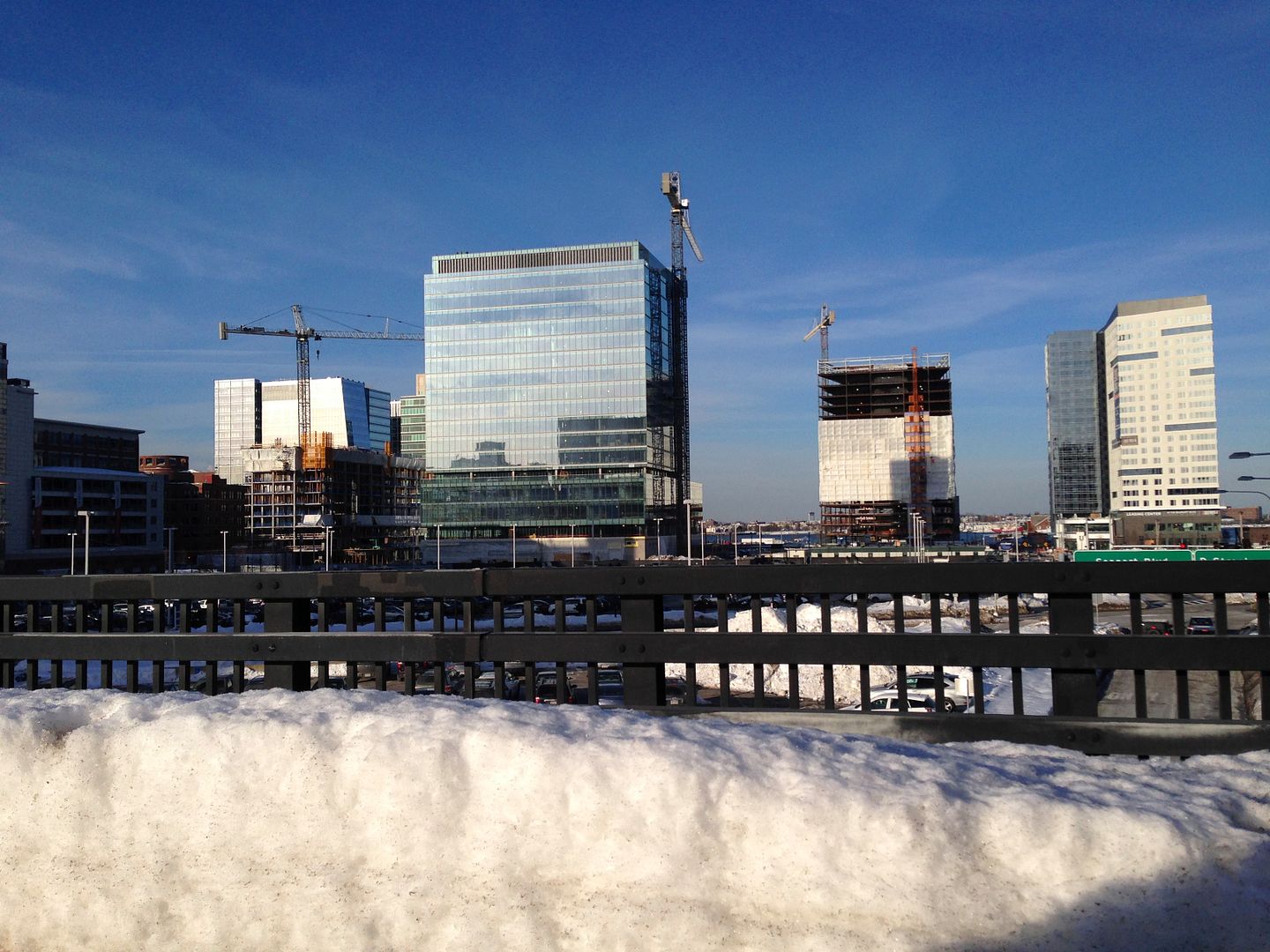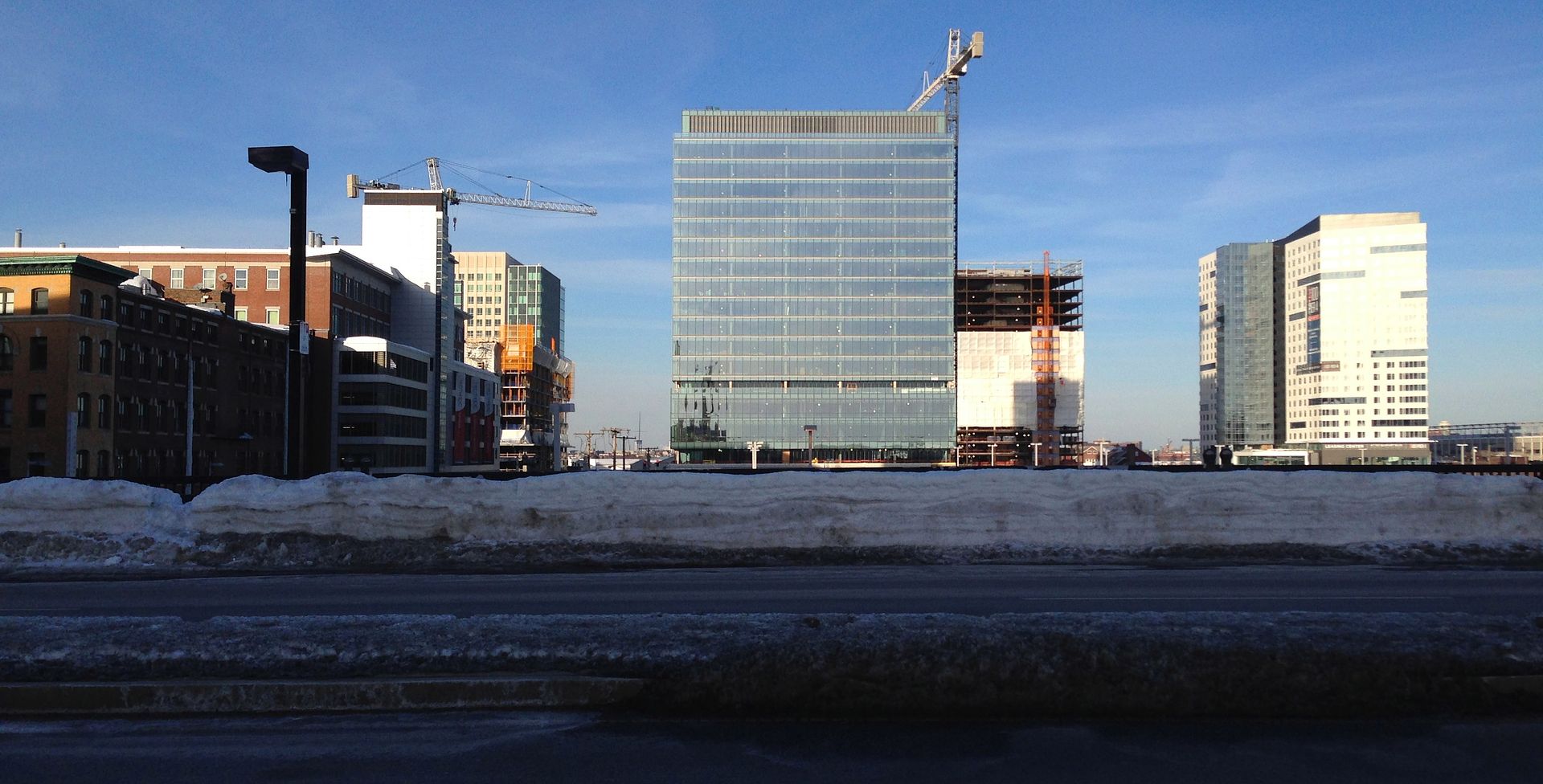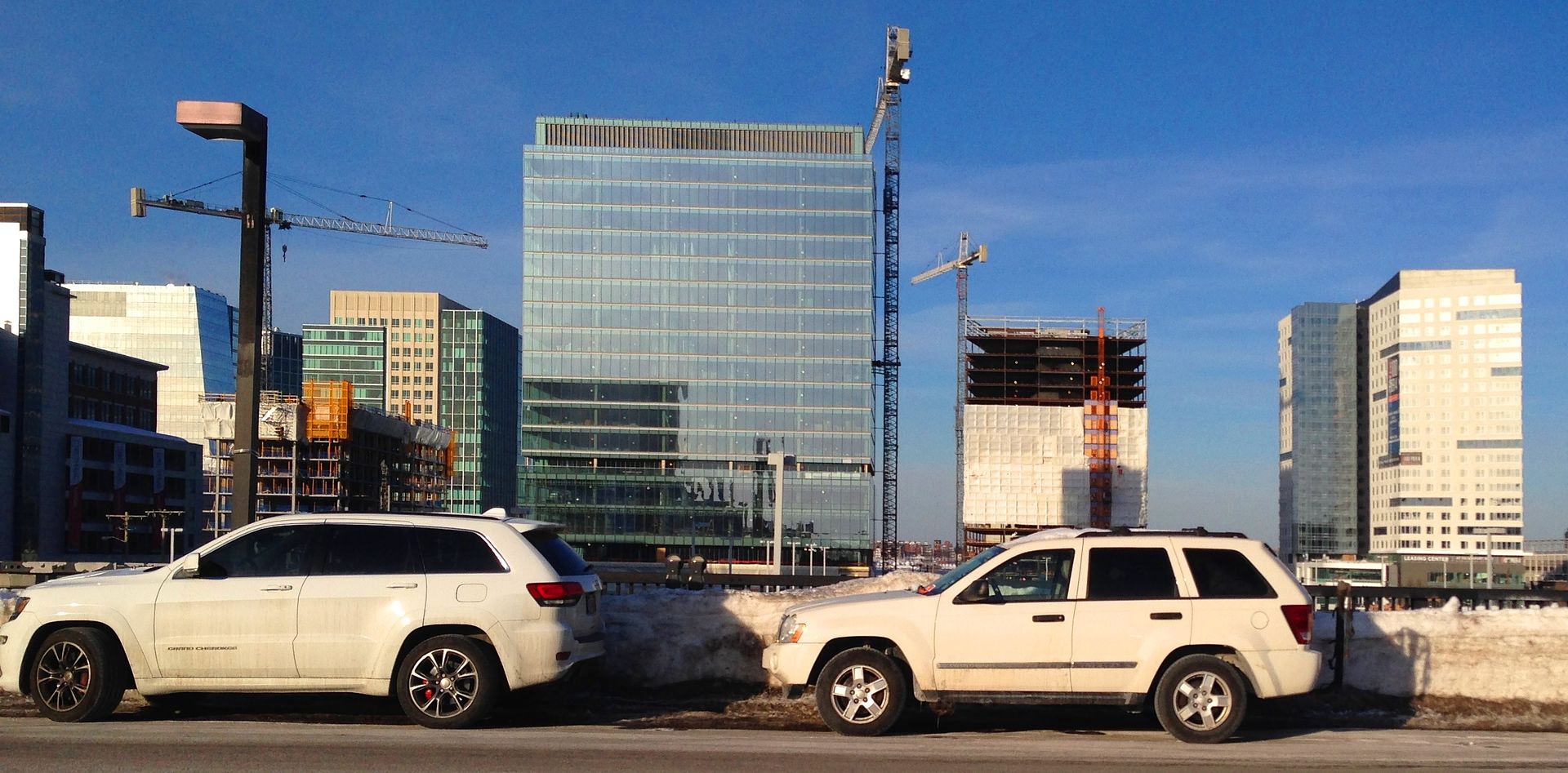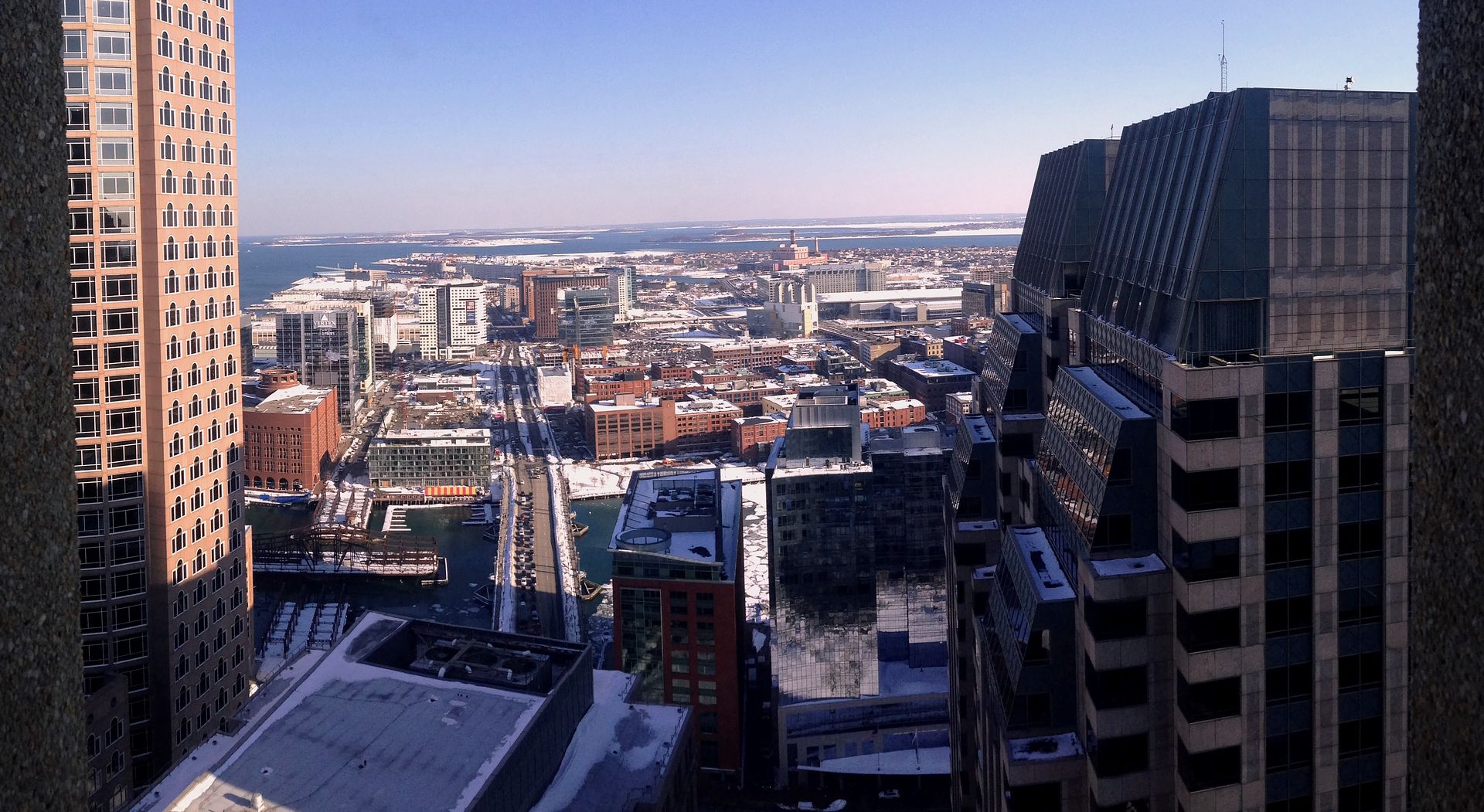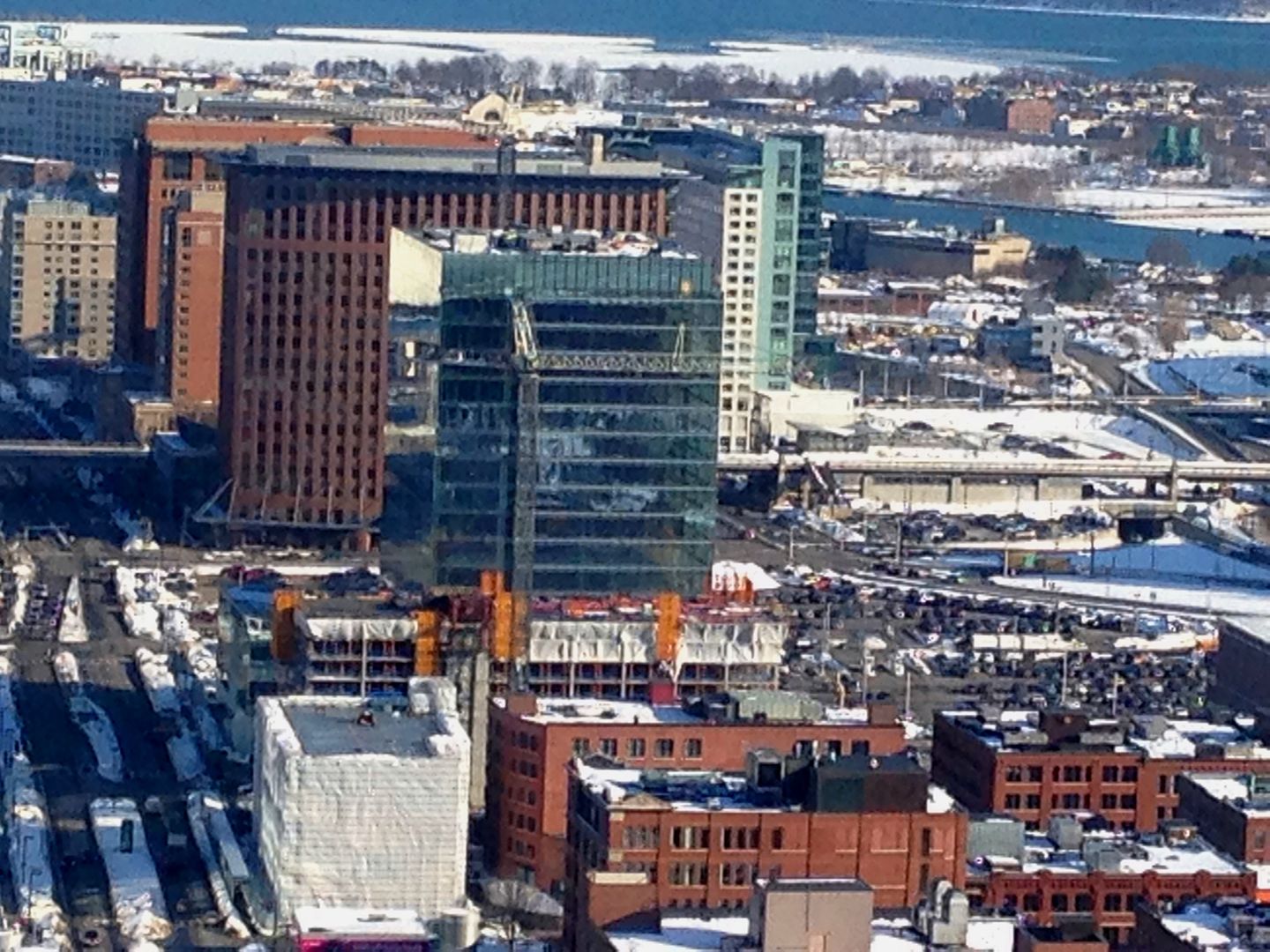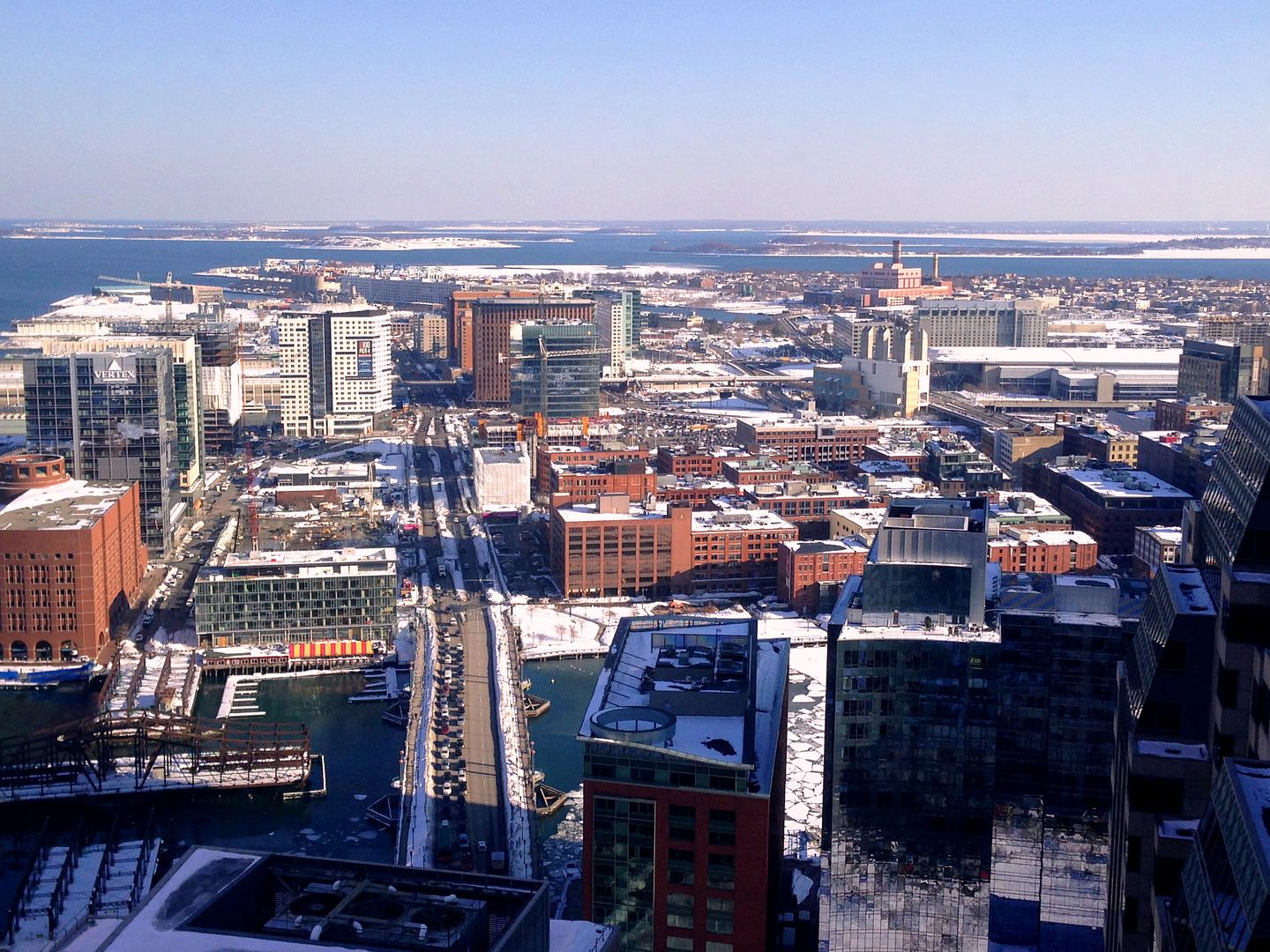whighlander
Senior Member
- Joined
- Aug 14, 2006
- Messages
- 7,812
- Reaction score
- 647
Regarding Jane Jacobs' cited density numbers, I've done some thinking and writing about this in the past that might be enlightening.
I think the main point to keep in mind is that she always referred to "dwelling units per net acre", which is a relatively unusual metric. You need to be careful when expanding it out to larger areas, so I think it is most helpful if you stick to comparing it using small units such as census blocks.
Net acres is a metric that does not include unusable or undevelopable land. So attempting to extrapolate out "64,000 units per square mile" from 100 units per net acre isn't right, because a square mile anywhere is likely to have a great deal of unusable land. In fact it will probably translate to significantly fewer units per square mile.
Additionally, how do you translate units to # of people? Culture has changed since 1960 and it's not entirely clear that the average ratio of people to units was the same in 1960 as it is today. That's probably something you can work out from census data but it might still vary on a neighborhood by neighborhood basis. I do think that measuring dwelling units per land area is a better metric for density than measuring population per land area, though, because the latter can be fooled by overcrowding. Having a large number of dwelling units normally indicates economic strength in the neighborhood because people are probably not crowding into too few units, and can afford to have separate units instead.
Regarding the 100 du/net acre: she was careful to present her numbers with caution for the reader:
What generates urban vitality is people, and in particular, people engaging in various activities whether they be economic, cultural, recreational, or anything at all. The United States of 2014 is a significantly richer country than the United States of the late 1950s. Boston is a different place than NY, and Boston of 2014 is different from Boston of 1960. If 100 dwelling units per net acre was a good rule of thumb back then, it could easily be different today.
Jacobs cited numbers of 250 du/net acre for the North End in 1958, and recent census results seem to show it around 172 du/net acre on several census blocks. Does that mean there's been a change in the # of units, or a change in the way measurements were made? No way to know. But we do know that the North End remains a successful neighborhood.
With this in mind, on my map, I accepted densities of 60-80 dwelling units/net acre as being borderline urban, because it seemed to fit the census data available for Boston as of 2012.
Mathew -- always the theory! -- I like Jane Jacobs too as writer -- but sometime its better to see what is really happening in the real world
Here are 2010 US Census numbers for incorporated places sorted into categories by overall size with original rank by density preserved
Starting from the Major Metro Capitals and other places over 100,000
progressing down to Somerville sized places of a few sq. mi
all the way down to micro [about 1 sq. mi or slightly less] and nano area ones [area less than or equal to 1 about 100 acres]
Rank Place Metro-area State Population Land area Population density
(2010 census) (mi2) (people per mi2)
Major Cities of 100,000 or more people
6 New York City New York City New York 8,175,133 302.6 27,016.30
19 Paterson New York City New Jersey 146,199 8.44 17,322.20
20 San Francisco San Francisco California 805,235 46.69 17,246.40
26 Jersey City New York City New Jersey 240,055 14.92 16,093.70
31 Cambridge Boston Massachusetts 101,355 6.43 15,766.10
49 Daly City San Francisco California 103,621 7.56 13,703.80
51 Boston Boston Massachusetts 645,149 48.43 13,321.00
Sommerville sized few sq mi in area
10 Passaic New York City New Jersey 69,781 3.11 22,437.60
14 Huntington Park Los Angeles California 58,114 3.03 19,179.50
15 Somerville Boston Massachusetts 75,754 4.11 18,431.60
16 West Hollywood Los Angeles California 34,399 1.88 18,297.30
17 Irvington New York City New Jersey 53,926 2.96 18,218.20
21 Bell Gardens Los Angeles California 42,072 2.49 16,896
24 East Orange New York City New Jersey 64,270 3.93 16,377.10
27 Chelsea Boston Massachusetts 35,080 2.19 16,036.80
28 Lawndale Los Angeles California 31,711 1.98 16,036.70
32 Mount Vernon New York City New York 68,381 4.36 15,689.30
34 Long Beach New York City New York 33,275 2.14 15,549
37 Hempstead New York City New York 56,554 3.68 15,366.10
39 Orange New York City New Jersey 32,868 2.21 14,903.70
40 Bell Los Angeles California 36,664 2.48 14,802.50
41 Cicero Chicago Illinois 85,616 5.85 14,645.20
42 Lynwood Los Angeles California 69,845 4.85 14,389.20
44 Fort Lee New York City New Jersey 35,461 2.53 14,001.70
45 Garfield New York City New Jersey 29,786 2.13 13,976.00
46 Hawthorne Los Angeles California 84,112 6.06 13,879.40
47 Berwyn Chicago Illinois 54,016 3.89 13,876.20
micro sized about 1 sq. mi
2 Union City New York City New Jersey 66,455 1.27 52,326.70
3 West New York New York City New Jersey 49,708 1.02 48,733.30
4 Hoboken New York City New Jersey 50,005 1.28 39,066.40
7 Cliffside Park New York City New Jersey 23,594 0.96 24,577.10
9 Maywood Los Angeles California 27,395 1.18 23,216.10
13 Cudahy Los Angeles California 23,805 1.12 21,254.40
23 Sweetwater Miami Florida 13,499 0.82 16,461.20
25 Central Falls Providence Rhode Island 19,376 1.29 16,146.70
29 Weehawken New York City New Jersey 13,501 0.85 15,891.30
33 Fairview New York City New Jersey 13,255 0.85 15,585.50
35 Hawaiian Gardens Los Angeles California 14,779 0.96 15,389.50
38 Sunny Isles Beach Miami Florida 15,315 1.01 15,231.10
43 Palisades Park New York City New Jersey 17,073 1.21 14,112.40
50 Elmwood Park Chicago Illinois 25,405 1.91 13,328.40
nano sized about 100 acres or less
1 Guttenberg New York City New Jersey 11,176 0.19 58,821
5 Kaser New York City New York 4,724 0.17 27,788.20
8 East Newark New York City New Jersey 2,406 0.1 24,060
11 Great Neck Plaza New York City New York 6,707 0.31 21,635.40
12 North Bay Village Miami Florida 7,137 0.33 21,627.20
18 Poplar Hills Louisville Kentucky 362 0.02 18,100.00
22 Millbourne Philadelphia Pennsylvania 1,159 0.07 16,557.10
30 South Floral Park New York City New York 1,578 0.1 15,776.30
36 Stone Park Chicago Illinois 5,127 0.33 15,378.20
48 Bay Harbor Islands Miami Florida 5,146 0.37 13,875.40

